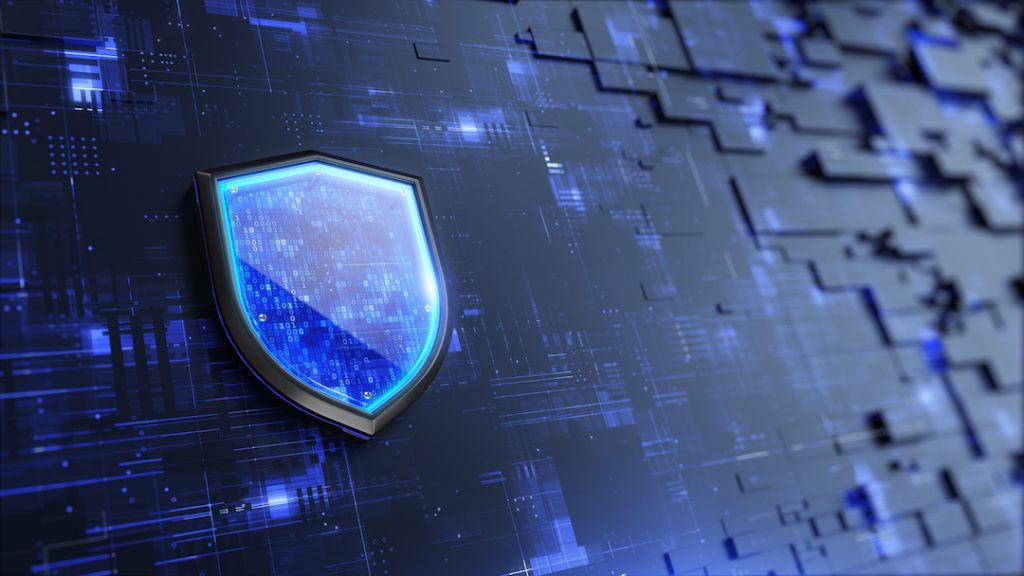With each new class entering the K-12 education system, technology is increasingly adopted into classrooms and education curricula at large, especially considering the COVID-19 pandemic required schools and institutions of higher education to implement electronic learning (e-learning). Whether it be learning software, course management tools, interactive whiteboards, or the lending of devices like PCs and tablets to students, schools all over the nation have embraced technology as a classroom companion. And students today, having grown up with such technology, have readily adjusted to it and welcomed it with open arms.
However, with such an expansion comes security concerns. The Internet of Things (IoT) has made devices in every aspect of our lives more connected than ever before, and classroom technology is no different. The personal information and work of students, teachers, and administrative personnel is stored in and transmitted through such systems. What happens if there is a cyber attack or the presence of malware that threatens the security of this information?
A History of Educational Technology in the Classroom
Education and technology are intrinsically linked, each furthering the other’s expansion and development while also being reactive to each other’s strengths and weaknesses. When it comes to the classroom setting, technology has been there since the beginning.
Educational technology (EdTech) was developed in the 1960s, when computers began being used in classroom settings. According to the Institute of Progressive Education & Learning, computer-assisted instruction (CAI) was used as a way to “teach students a specific content area” with expensive mainframe computers. In the 1970s, “the cost and availability of microcomputers reached a level” that made it practical and useful to implement them in K-12 schools. Parents, industry leaders, and government officials pushed for computers to be put in schools for purposes of national reputation, their capability to teach job-related skills, and teaching efficiency. By 1988, it is estimated that 3 million computers were put in schools.
The invention of the World Wide Web by British scientist Tim Berners-Lee in 1989, and its subsequent availability to the public in 1991, changed the state of EdTech forever. Many of the tools that are used today in classrooms rely on the Internet to operate, and with the development of the Cloud and smart technology that rely on a constant entering and sharing of information, has naturally raised security concerns.
Secure By Design

If a consumer product is designed to access the internet, store users’ information, or transmit data that could potentially be sensitive, there must be cybersecurity protections at every stage of the development process. However, relying on companies alone to do this is not conducive to achieving results.
Luckily, the US government is making headway in protecting consumers’ information and data through Secure by Design, an initiative by the Cybersecurity and Infrastructure Security Agency (CISA) to ensure that technology products are designed with the security of the consumer in mind. Secure by Design is intended to be a partnership between the government and technology manufacturers, wherein the latter must learn to “embrace their role in putting consumer safety first” by “claiming ownership of their customers’ security outcomes,” reads CISA’s website for the initiative.
“As a nation, we have allowed a system where the cybersecurity burden is placed disproportionately on the shoulders of consumers and small organizations and away from the producers of the technology and those developing the products that increasingly run our digital lives,” continues CISA. By holding technology manufacturers accountable for consumers’ security and safety outcomes, CISA is taking a step in protecting consumers and their information.
There are two categories products can be placed in under the Secure by Design initiative. CISA outlines them as such:
- Secure by Design: products “where the security of the customers is a core business requirement, not just a technical feature” and Secure by Design principles are “implemented during the design phase of a product’s development lifecycle to dramatically reduce the number of exploitable flaws before they are introduced to the market for broad use or consumption.”
- Secure by Default: products that are secure from the get-go, “with little to no configuration changes and are available at no additional cost, such as multi-factor authentication (MFA), gather and log evidence of potential intrusions, and control access to sensitive information.”
A Big First Step
On August 8, ClassLink took a notable step toward protecting the cybersecurity of students and education providers. ClassLink, a provider of identity and access management products for education since 1998, has announced its commitment to the Secure by Design cybersecurity pledge, designed by CISA, the Department of Education, and the White House. ClassLink is one of the first members of the EdTech sector to make the pledge. In doing so, ClassLink is promising to provide Secure by Design and Secure by Default products to ensure data protection in schools and support schools in improving their cybersecurity.
ClassLink has a suite of award-winning products that currently align with many of the initiative’s stipulations. In addition to offering several MFA options, ClassLink also provides “security audit logs at no extra charge,” as well as “embracing transparency through open engagement with customers about identified cybersecurity risks, threats, and vulnerabilities,” according to a press release on their pledge commitment. ClassLink also has a private cloud, end-to-end encryption, data isolation, and more measures to protect the Personal Identifiable Information (PII) of users.
For more information on ClassLink’s security protocols, visit their website.
Protecting education providers and students from cyber threats like data breaches and malware is more important than ever. Technology will always be present in the classroom, and it is important that manufacturers keep the safety of those who utilize their technology in such formative environments at the forefront of product development.















